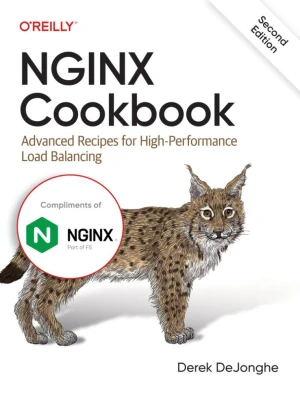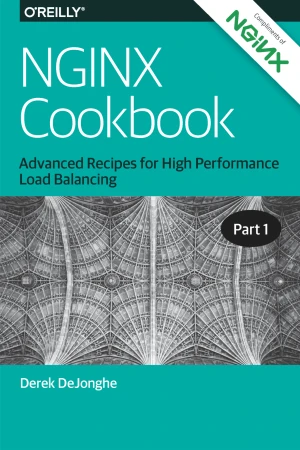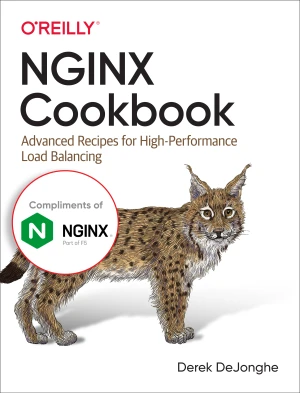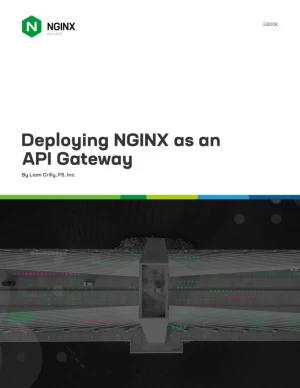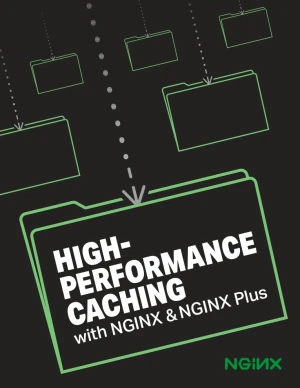NGINX Unit Cookbook
Recipes for Using a Versatile Open Source Server
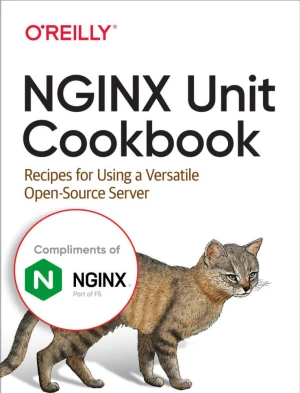
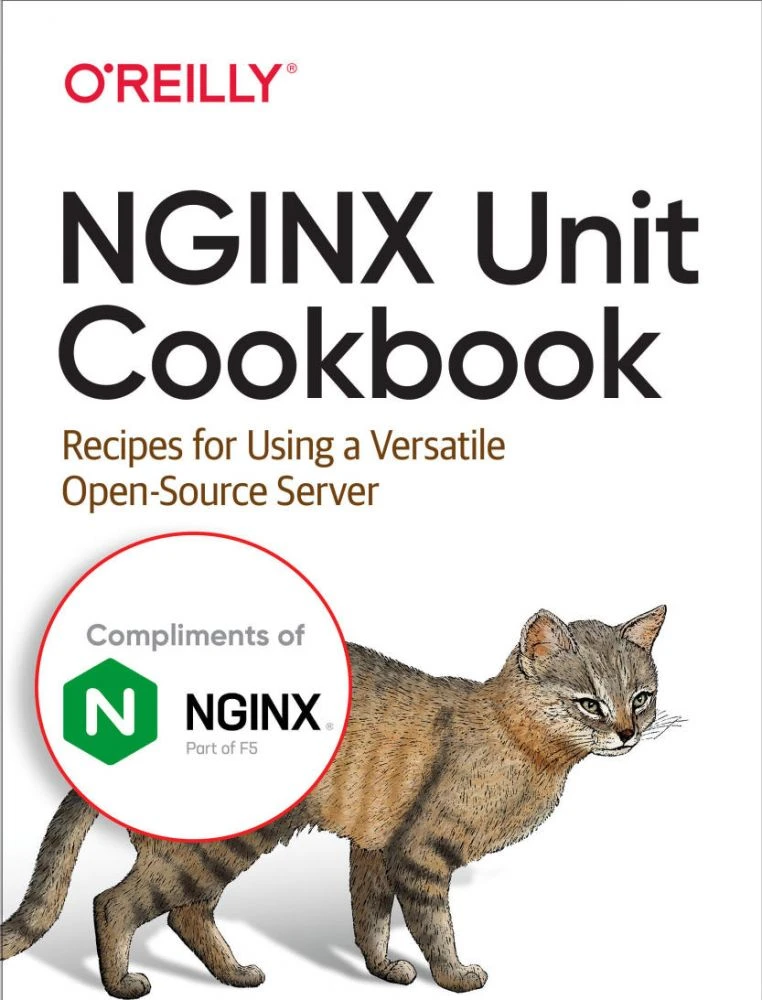
Book Details
| Author | Derek DeJonghe |
| Publisher | O'Reilly Media |
| Published | 2020 |
| Edition | 1st |
| Paperback | 70 pages |
| Language | English |
| ISBN-13 | 9781492078562 |
| ISBN-10 | 1492078565 |
| License | Compliments of Nginx |
Book Description
Alongside its popular web server, NGINX provides a dynamic application server that supports configuration through a RESTful JSON API. The open source NGINX Unit server deploys configuration changes without service disruptions and runs apps built with multiple languages and frameworks. This updated cookbook shows developers, DevOps personnel, network admins, and cloud infrastructure pros how to quickly get started with NGINX Unit.
Hands-on recipes demonstrate Unit's new approach and show you how to deploy and configure this server for different applications. You'll learn how to run applications written in different languages on the same server, how to use NGINX Unit as the foundation for your web application development environment, and how Unit's RESTful API simplifies configuration.
- Learn how Unit differs from other middleware application servers;
- Install Unit using source code, Red Hat and Debian systems, or third-party repositories;
- Configure Unit using application, router, and listener objects;
- Start and stop the Unit server and the applications it runs;
- Manage user permissions, Linux namespace isolation, and API security;
- Run WordPress, Django, and other web applications with Unit;
- Serve applications with an NGINX proxy or load balancer.
This book is published as open-access, which means it is freely available to read, download, and share without restrictions.
If you enjoyed the book and would like to support the author, you can purchase a printed copy (hardcover or paperback) from official retailers.
Download and Read Links
Share this Book
[localhost]# find . -name "*Similar_Books*"
NGINX Cookbook, 2nd Edition
NGINX is one of the most widely used web servers available today, in part because of itscapabilities as a load balancer and reverse proxy server for HTTP and other network protocols. This revised cookbook provides easy-to-follow examples of real-world problems in application delivery. Practical recipes help you set up and use either the open source
NGINX Cookbook, Part 1
This is the first of three installments of NGINX Cookbook. This book is about NGINX the web server, reverse proxy, load balancer, and HTTP cache. This installment focuses mostly on the load balancing aspect and the advanced features around load balancing, as well as some information around HTTP caching. The book touches on NGINX Plus, the licensed
NGINX Cookbook
NGINX is one of the most widely used web servers available today, in part because of its capabilities as a load balancer and reverse proxy server for HTTP and other network protocols. This cookbook provides easy-to-follow examples to real-world problems in application delivery. The practical recipes will help you set up and use either the open sour
Deploying NGINX as an API Gateway
In this eBook, we tell you how to take an existing NGINX Open Source or F5 NGINX Plus configuration and extend it to manage API traffic as well. When you use NGINX for API management, you tap into the high performance, reliability, robust community support, and expert professional support (for NGINX Plus customers) that NGINX is famous for. With th
High-Performance Caching with Nginx and Nginx Plus
One of its most important capabilities is content caching, which is a highly effective method for improving a website's performance. In this ebook, the authors describe how NGINX caches content, how to implement caching and cache clustering, and some of the ways to improve performance. The text provides a deep dive into how content caching truly wo
NGINX Cookbook, Part 2
This is the 2nd of three installments of NGINX Cookbook. This book is about NGINX the web server, reverse proxy, load balancer, and HTTP cache. This installment focuses on security aspects and features of NGINX and NGINX Plus, the licensed version of the NGINX server. Throughout this installment the reader will learn the basics of controlling acces

